Every editorial product is independently selected, though we may be compensated or receive an affiliate commission if you buy something through our links. Ratings and prices are accurate and items are in stock as of time of publication.
Modern vehicle tires are tough, standing up well to rough terrain and thousands of miles of driving. Trouble is, tires are not invincible. Every so often car tires spring leaks. Air can start leaking from anywhere on a tire, and the location of the leak determines whether or not you can fix it yourself. And if you can't fix it yourself, the location of the leak will also tell you if you need a professional repair or a new tire.
Whether or not your tire is tubed or tubeless affects things, too, because only tubeless tires can be repaired using the technique of plugging that we'll show you here. The good news is that modern vehicles always have tubeless tires, and this means that repairing with a rubber plug is often an option.
Plugging a tubeless tire is only a possibility when your puncture is in the tread area. If the air leak is where the sidewall of the tire meets the rim — this is called a "bead leak" — you'll need to visit a mechanic with a tire machine to dismount the tire from the rim and remount it with sealing liquid applied to the bead. If your sidewall has been punctured, you need a new tire, because damage there can lead to a blowout at highway speeds, even after repair.
Learn exactly how to plug a tire so next time you spring a leak between your treads, you'll be able to get up and running again in record time.
Total time completing the repair is about 15 minutes. Doing the work yourself will save you about $20 and the time spent driving to the garage and waiting.
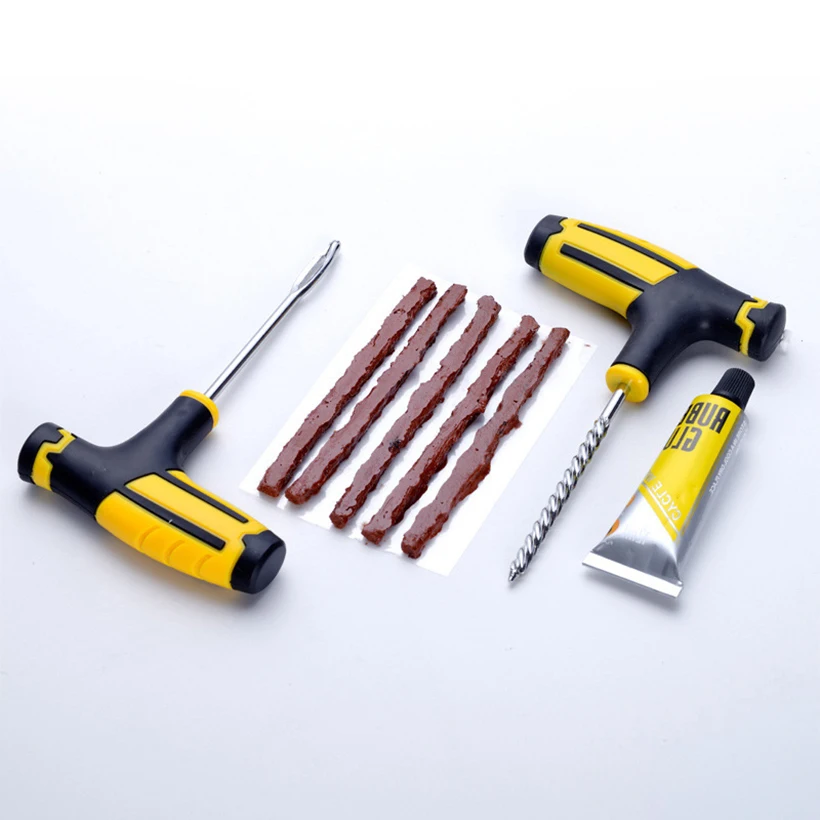
Steve Maxwell for Family Handyman
Complete DIY projects like a pro! Sign up for our newsletter!
Do It Right, Do It Yourself!
Originally Published: August 27, 2020
Tire plugging is the fastest method to repair a punctured car. Tire plugging uses a cord to prevent the airhead from escaping.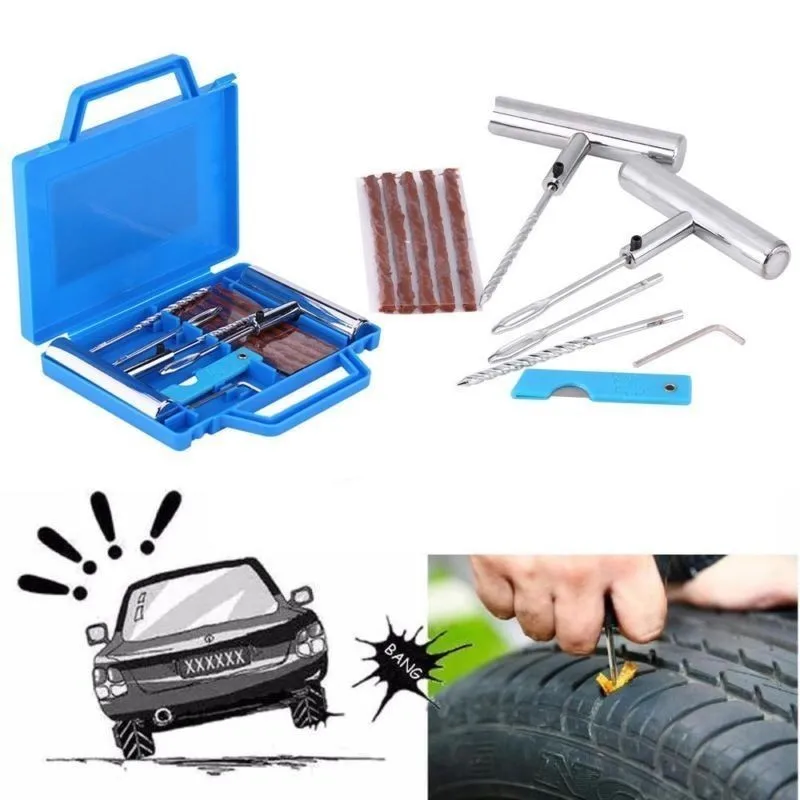 If you are an experienced person, you can avoid damage to your car with simple tips.
If you are an experienced person, you can avoid damage to your car with simple tips.
So, how long does a tire plug last? Most manufacturers say that plug versions can last 7-10 years if installed correctly.
Yet, this number is meant as a reference because you can’t always fix it perfectly. The article gathers useful knowledge and some of the most frequently asked questions about tire plugs. Let’s scroll down to read more information!
Buy Best Tire Repair Kits at Amazon.com
What Is A Tire Plug?It is the primary tool in the repair by plugging method. From the outside, it looks like a standard wire, and the structure is quite remarkable; it is a sticky object; depending on the case, the item can expand or contract to match the size of the hole.
Its working principle is also quite simple: after being inserted into the tire, the plug wire will sense the pressure, determine the shape of the wound, and then automatically expand to adapt.
In addition, the material that makes the wire must be guaranteed to meet the standards, confirming the certainty so that after the air is pumped in, there will be no problems.
There is no denying the convenience that the plug method brings, and you can even repair it without removing the tire from the rim. You can even plug in the tire in some exceptional cases, even when the wheels are connected.
How Long Does A Tire Plug Last?When a vehicle is repaired correctly and maintained, a plug’s life span can last up to 7-10 years. It is an unbelievable number for a wheel that has been repairable.
However, manufacturers advise users not to overdo patching like this in practice. When using too many repair measures, the impact will affect the inherent functions, causing deflation and explosion.
When traveling on the road, the car’s wheels have problems, do not rush to decide when the experience is not proficient; the best way is to take the car to a repair center to have expert advice on the appropriate repair method.
Buy Best Tire Repair Kits at Amazon.com
Plugging or patching is only a temporary measure before you have enough time to change into a new tire. The life of a tire after plugging can last from 7-10 years or 25,000 miles; no one can be sure that there will not be any problems.
Plugging in tires will be a good idea, even effective if the wheel is in an emergency that needs to be moved.
Is It Safe To Plug In A Tire?You can safely use your plugged-in tires when traveling in a specific section of the road. Unlike a spare tire, which has a short life, it is possible to prevent air from escaping through a previous puncture completely with a plug repair method.
Via many surveys, experts think there is a better measure than a plug – radial patch. It is a suitable method available on almost all popular tires on the market.
The process takes about 30 minutes while using a wire to insert the air hole takes up a few minutes.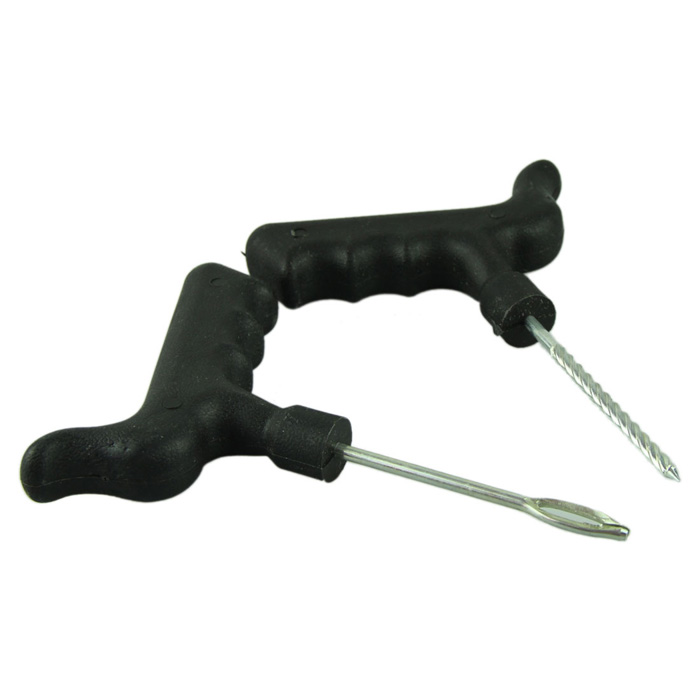 Both must be vulcanized to reinforce and increase the rubber surface’s certainty.
Both must be vulcanized to reinforce and increase the rubber surface’s certainty.
As long as the wound has adequately been reinforced, you are entirely safe traveling by car with tires. The safest time to use is not too long from when you repair using the above method.
Besides, some notes have also ensured stability when operating this type.
However, do not drive when there is a wound near the wall or on the side of the wheel; if the plug diameter exceeds ¼ inch, it is best to replace the tires.
Finally, the body’s weight, do not use plug tires to carry heavy objects; this inadvertently puts pressure on the wheels when the tires are weak.
How To Plug In A Tire?Here are some ways to help you better understand the plugging process.
Step 1: Locate the leak
This step does not require you to remove the wheel altogether, but you can use a jack to support the wheel’s weight, so it is pretty easy to do the following steps.


The above article has provided you with knowledge related to plugging or manipulations to perform this process. Hopefully, it will help you when you encounter a similar situation.
This post was last updated onThe Stans Dart product option contains 2 tire plugs and an applicator.
Stans Dart Refills product variant contains 5 replacement dart heads.
You can also break the whist bus on Rimpact. So we use tire plugs to get out of a tough situation during epic rides.
When Stan launched DART, we were over the moon that we finally had a reliable solution for fast and efficient tire clogging. No more worms, no more repairs that fail after a few launches.
Introducing the new Double Action Repair for Tubeless or DART. DART is Stans' solution for repairing damaged tires faster, easier and better than existing plug tools. While traditional tire plugs try to squeeze rubber strips into a puncture, DART creates a chemical reaction with your Stan's sealant to quickly form a permanent seal. The dual action of DART involves mechanical filling created by inserting a piece of material into the puncture and a chemical reaction that activates the puncture. sealant.
DART's patented ability to react with Stan's latex sealant makes it more effective than any other tool on the market, but we didn't stop there. To provide the best possible tubeless tire repair, we made sure every detail is right. Traditional tools were originally developed for car tires, and their long, sharp tips can damage the rim tape or cut your hands.
Even worse, their plugs can actually widen many punctures because they rely on a tight fit to keep them in place. In contrast, the plastic DART tip is serrated to securely lock into place and stay in place during even the most aggressive riding, while being safer for the rims, rim tape, and your hands. DART material is also more flexible and better able to follow the shape of various punctures, maximizing surface area for increased seal response. The DART attaches to your tire and creates an instant bond with our sealant and won't rip out while you ride like a regular plug can. One of the best things about the DART design is that once installed, it doesn't need to be trimmed and the extra material won't interfere with your ride. DART is not felt during driving, even on road tires, and they wear naturally. The DART tool is designed to be extremely light, durable and easy to fit into pockets and backpacks, and has an ergonomic design that is comfortable to hold and allows precise placement of the DART.
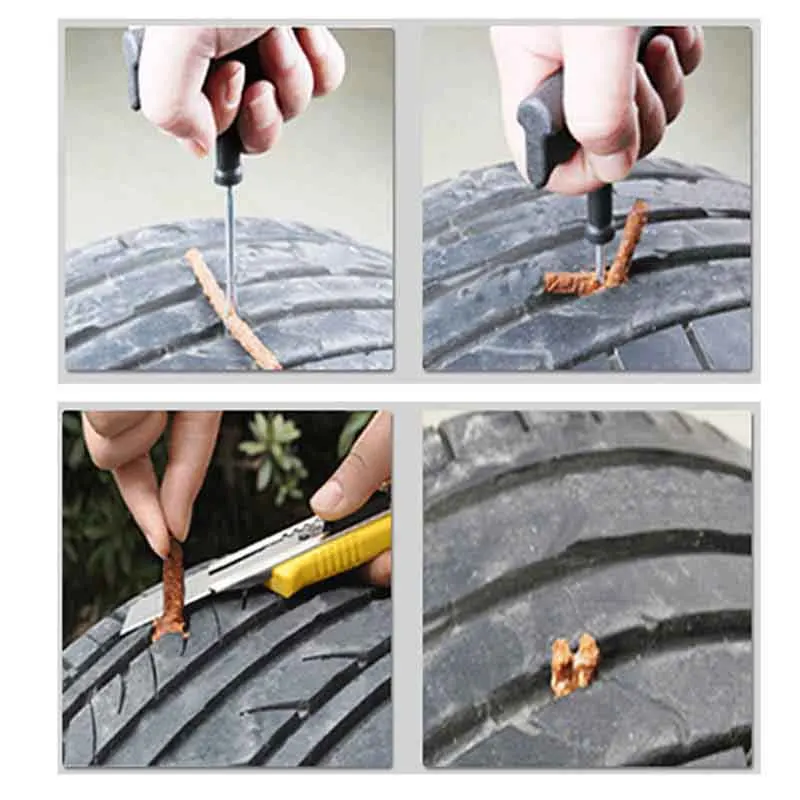
The DART Tool has a built-in valve core remover in the handle for easy addition of sealant. The tool is made of heavy-duty yet lightweight molded plastic. Because even the smallest details matter, the rod that presses the DART into the punctures is made from ultra-light, corrosion-resistant, and incredibly strong carbon. The rod length is specially calibrated so you can insert the DART to the perfect depth every time by simply pushing until the DART Tool head touches your tire. No more damage to the rim or rim tape during quick repairs.
DART kit lasts 2 repairs; gas stations offer 5x repair.
Most importantly, Stans designed the DART to be quickly deployable so you can quickly get back on the trail. The DART Tool head is reversible and reversible, allowing two sealed DARTs to be held on each side. This allows two DARTs to be placed quickly when sealing the largest cuts or multiple punctures. Clear caps protect stored DARTs, keeping them clean and ready to use, and are quick to unscrew and easy to see so you have a new DART ready for your next ride.
It all comes together in a compact tool that fits easily into any pocket or bag and can be quickly accessed without taking anything apart on the bike.
Key Points:
Return Policy when buying directly from RimpactMTB. com
com
Our policy lasts for 30 days. If 30 days have passed since your purchase, unfortunately we cannot offer you a refund or exchange.
To be eligible for a return, your item must be unused and in the same condition in which you received it. It must also be in the original packaging. To complete a return, we require a receipt or proof of purchase. Please do not send your purchase back until you have contacted our support team for a reference number. Our email: [email protected].
There are certain situations where only partial refunds are available: (if applicable)
* Obvious signs of use
* Any item not in its original condition, damaged or missing for reasons not due to our error.
* Any item returned more than 30 days after delivery
Refunds when purchased through RimpactMTB.com (if applicable)
Once your return has been received and reviewed, we will send you an email to notify you that we have received your returned item.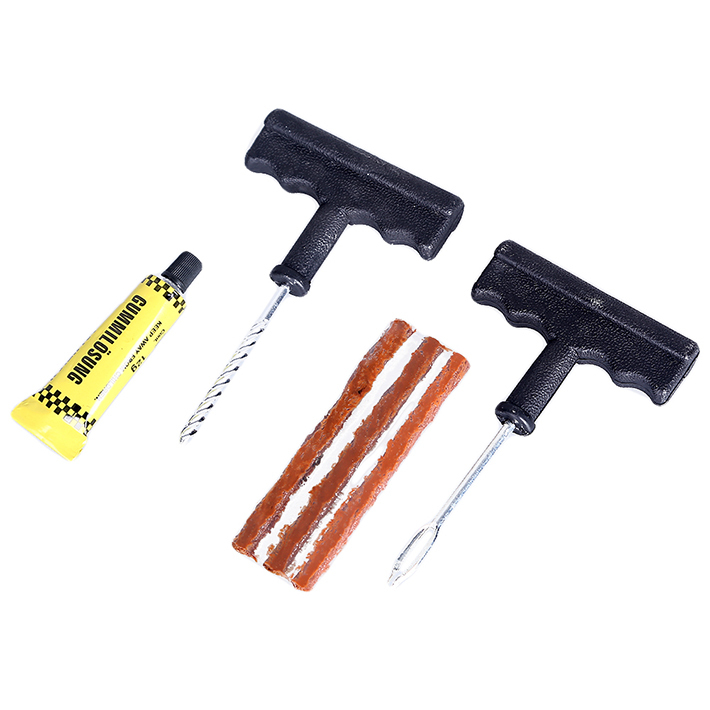 We will also notify you when your refund is approved or denied.
We will also notify you when your refund is approved or denied.
If you are approved, your refund will be processed and credit will be automatically applied to your credit card or original payment method within 7-10 business days.
Late or missing returns:
If you haven't received your refund yet, first check your bank account again.
Then contact your credit card company, it may take some time before your return is officially sent.
Next, contact your bank. It often takes some processing time before a refund is sent.
If you've done all of this and still haven't received a refund, please contact us at [email protected].
Exchanges:
We only replace items if they are defective or damaged. If you need to exchange it for the same item, please send us an email at [email protected].
Transports:
To return a product, please contact us at admin@rimpactmtb.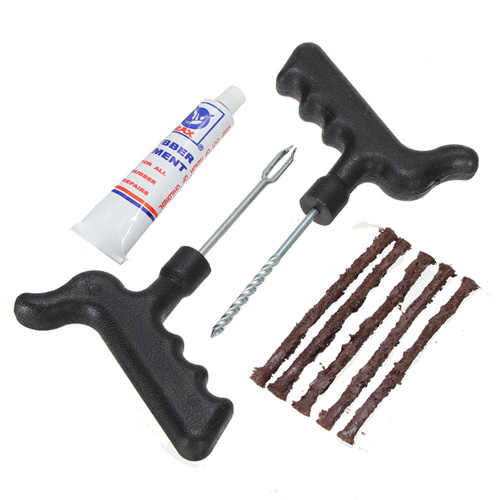 com for a return link and mailing address.
com for a return link and mailing address.
You will be responsible for paying your own shipping costs for returning your item. Shipping costs are non-refundable. If you receive a refund, the return shipping cost will be deducted from your refund. Depending on where you live, the time it may take for your exchanged item to be delivered to you may vary. If you are shipping over $75, you should consider using a shipping service with tracking or purchasing shipping insurance. We do not guarantee that we will receive your returned item.
Warranty:
If you believe the item failed prematurely or was defective upon receipt and would like to review a warranty claim, please contact us at [email protected]. In cases where the product was purchased through an approved retailer, please contact the retailer as your first port of call. The seller will then contact Rimpact directly at [email protected] and await instructions.
Rimpact PRO and Original have a 30-day warranty from date of purchase against manufacturer's defects or premature failure.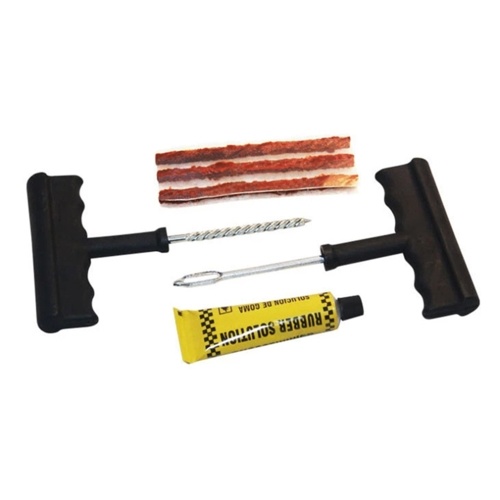 It does not cover misuse or damage resulting from improper installation. More information is available on our website www.rimpactmtb.com.
It does not cover misuse or damage resulting from improper installation. More information is available on our website www.rimpactmtb.com.
Refund if purchased from an approved Rimpact reseller:
When purchasing from an approved Rimpact reseller, please read the terms and conditions provided by the reseller. All returns will be processed at the discretion of the seller, Rimpact Components LTD is not responsible for the acceptance or refusal of a refund by the seller.
If you are purchasing goods from Rimpact for delivery to the European Union (including Northern Ireland), please be aware that there MAY be charges in the form of VAT, import tax, courier fees or others. These fees are not charged by Rimpact Components LTD and we do not charge these fees at the point of sale which means you are not asked to pay twice.
All fees must be paid by the buyer and Rimpact Components LTD will not cover any import charges, VAT or courier charges associated with the importation of goods.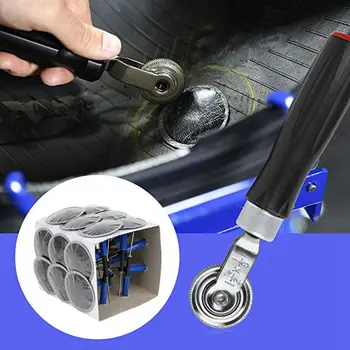 Before purchasing goods from Rimpact Components LTD, it is the buyer's responsibility to familiarize themselves with their country's regulations and fees, and acknowledges that the buyer will be required to pay all fees. You can check your country's import charges on your government's website.
Before purchasing goods from Rimpact Components LTD, it is the buyer's responsibility to familiarize themselves with their country's regulations and fees, and acknowledges that the buyer will be required to pay all fees. You can check your country's import charges on your government's website.
Rimpact will not refund import tax, VAT, courier fees or related fees that the customer chooses to pay. This does not affect your return policy or statutory rights.
£24.99 Price
Stans Dart Applicator
Spare Parts for Stans Darts
Quantity
Author: Kirill Savchenko
“Chief, you've got ten minutes of work to do, the hole is nothing! Well, come up with something . .. ”Every tire fitter has probably heard such words. Alas, not all tire damage can be repaired...
.. ”Every tire fitter has probably heard such words. Alas, not all tire damage can be repaired...
But the situation can be reversed. A wheel pierced by protruding reinforcement may be repairable, while a small cut will write off the tire for scrap. Experienced tire fitters believe that it all depends on the point of damage and the object that caused it.
Most often, drivers encounter punctures in the tread area of a tire. It is not always possible to detect it immediately. If in the days of tires and chambers the wheel lost pressure at the slightest puncture, then tubeless tires are much more reliable in this regard. A nail or self-tapping screw usually closes the puncture site, preventing air from escaping quickly.
With such a “plug”, you can sometimes drive for months. The tire can lose pressure minimally without arousing suspicion. At the same time, an attempt to pull out a noticed nail on the way is likely to turn into a problem. In this case, the only recommendation is to pull out a foreign object only in a tire shop and repair the wheel.
In most cases, tread punctures are repaired either with special harnesses (some for temporary use, some for permanent use) or patches on the inside of the tire. Even damage caused by massive pins can be repaired. The main thing is that a piece of the tire along with the cord is not torn out.
In the latter case, the hole is filled with raw rubber, vulcanized, and a special cord patch is placed on the inside. But this will only be a temporary measure. In addition, such repairs are not cheap, and purchasing a new tire can be both more profitable and safer.
In addition to the plaster, cord "fungi" are also used. Lubricated with glue, the “fungus” is inserted into the puncture from the inside of the tire, then the excess part of the “leg” is cut off from the outside.
On the other hand, a cord patch can seriously help with side cuts. And car owners meet with them quite often. But here there are several nuances. In a roadside tire shop, the cut will most likely not heal.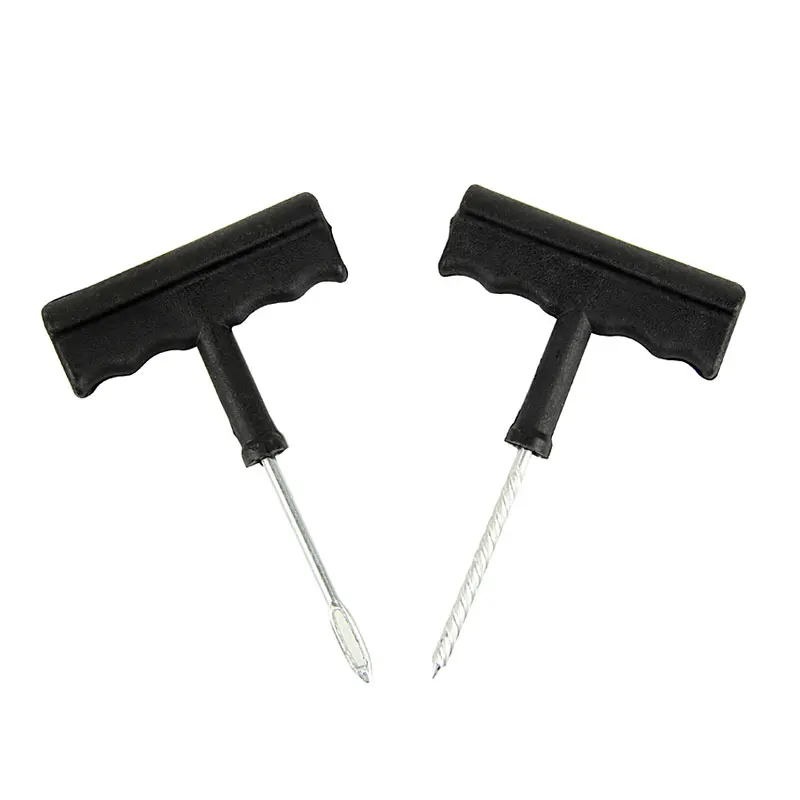 You need to contact a company with specialized equipment, primarily vulcanization.
You need to contact a company with specialized equipment, primarily vulcanization.
And one vulcanizer is not enough here. Cord patches should be with a certain number of layers, designed for strictly defined damage sites and of a suitable size. And again we are talking about the nuances.
If the cut is in the shoulder area of the tire, then it is most often impossible to repair it qualitatively. The tire fitter who offered such a service is at great risk, even if he claims that he will weave a piece of new cord with his hands and vulcanize it. There are no miracles in this situation, but in any case, the last word belongs to an experienced specialist.
Side cuts on low profile tires with a tread height of less than 50% of the width are poorly treated. That is why, in the case of using a car on roads with a possibility of tire damage, it is better to put those that are higher. They are much easier and cheaper to repair.
By the way, what appears to be a cut at first glance may not be one. If the sidewall of the wheel catches on something sharp, and a tear forms on the tire without damaging the cord, then this is called a pinch. It does not carry momentary danger and does not require any complex repairs.
If the sidewall of the wheel catches on something sharp, and a tear forms on the tire without damaging the cord, then this is called a pinch. It does not carry momentary danger and does not require any complex repairs.
However, if a piece of rubber remains, then it is glued with ordinary superglue. If not, you will need raw rubber and a vulcanizer. It is impossible to leave the cord bare: under the influence of moisture, it can collapse, which will lead to the complete loss of the tire.
One of the most common and fatal tire defects is swelling or simply "herniation". Despite the absence of open damage to the rubber, such a wheel will be scrapped ahead of schedule. The fact is that when the sidewall is hit, the threads of the tire carcass break. Even if the swelling is very small, sooner or later the bump grows in size, and this is already fraught with an explosion of the wheel at speed.
However, some hernias can be repaired, but this is again a temporary measure.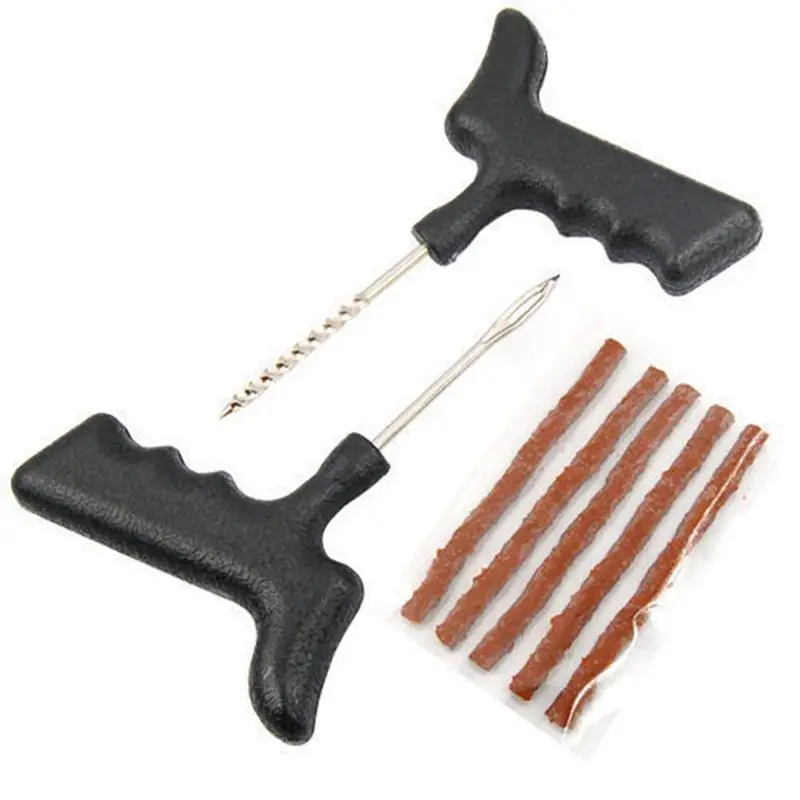 Masters can put cord patches even in the tread area. But only on condition that the distance from the sidewall to the swelling is more than 40 mm. If less, the tire is not subject to further operation. By the way, on low-profile tires, hernias, for the most part, are not repairable - both on the tread and on the sidewalls.
Masters can put cord patches even in the tread area. But only on condition that the distance from the sidewall to the swelling is more than 40 mm. If less, the tire is not subject to further operation. By the way, on low-profile tires, hernias, for the most part, are not repairable - both on the tread and on the sidewalls.
One of the major tire problems is caused by unprofessional repairs. Moreover, the owner most often does not know about it. We are talking about damage to the bead ring, as a result of which the tire does not initially hold the specified pressure.
Eventually the bead ring starts to push out of the rim. At high speed or under heavy load, such a wheel can be disassembled, which again threatens the car with a loss of control.
This damage can be repaired provided that the wire ring or base is not damaged. Special technologies for such repairs are not provided, but experienced craftsmen use the so-called "cold" or chemical vulcanization using a two-component sealant.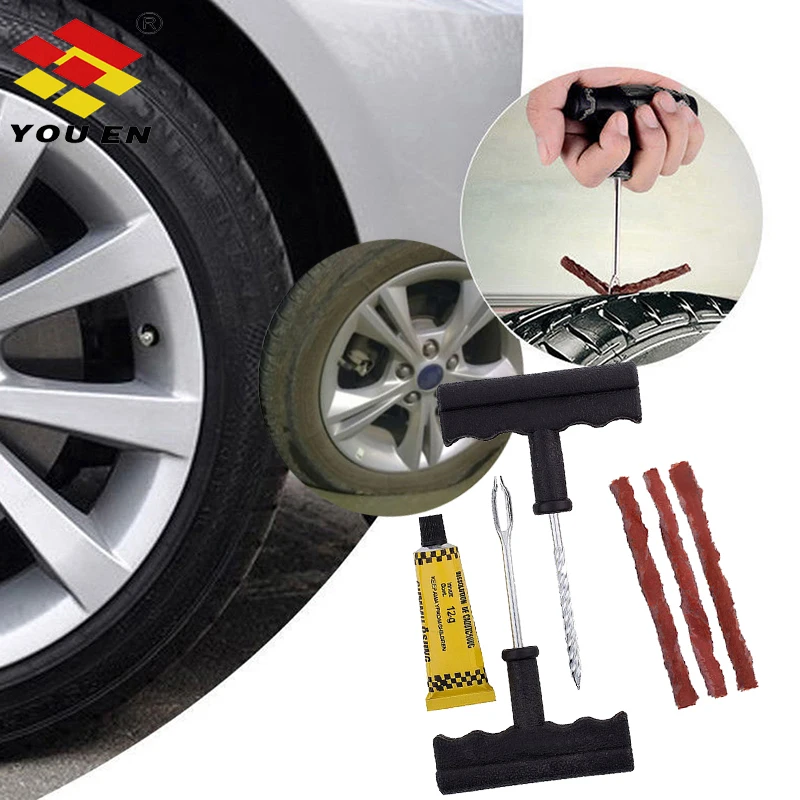 The resulting mass covers places where there is no rubber on the bead ring. The main condition is to wait three days before mounting the tire on the disc.
The resulting mass covers places where there is no rubber on the bead ring. The main condition is to wait three days before mounting the tire on the disc.
As for Run Flat tires, according to the instructions of most manufacturers, they are not subject to repair. In extreme cases, you can use a bottle of special pressurized sealant that comes as a repair kit.
Comment of the SHINSERVICE expert:
Alexander Golubev
SHINSERVICE expert
First of all, we recall that most tire manufacturers do not recognize handicraft tire repairs. It is considered a sign of external influence and changes in the design of the tire. Such a tire automatically voids the warranty. This does not happen if tire repairs are carried out in specialized, authorized tire brands services. Note that almost all major tire brands give their own extended warranty, according to which in most cases the repair is free, at a discount, or the product is generally replaced with a similar one, depending on the conditions of the program.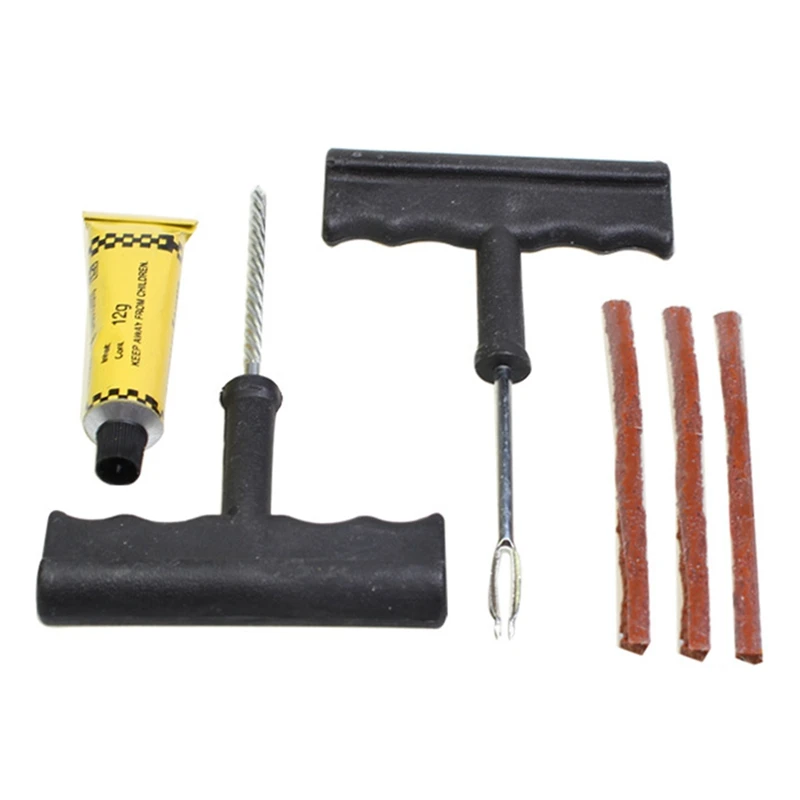
According to our work experience, we can note that in most cases damage in the bead area and in the shoulder area is not repairable.
I would also like to draw attention to the fact that most low-profile tires have high speed indexes (V and above), and even after professional repair they will not be able to operate in the same modes without restrictions. Therefore, we strongly recommend changing the tire in all cases, except for tread punctures.
practice tires and wheels
Articles / Repair and maintenance Air filter index: Parts price pullback, no shortages and a flurry of fakes The ruble exchange rate has stabilized in recent months at a relatively comfortable level for importers. Did prices for spare parts and consumables follow? In general, yes, and the prices for some... 273 0 0 09.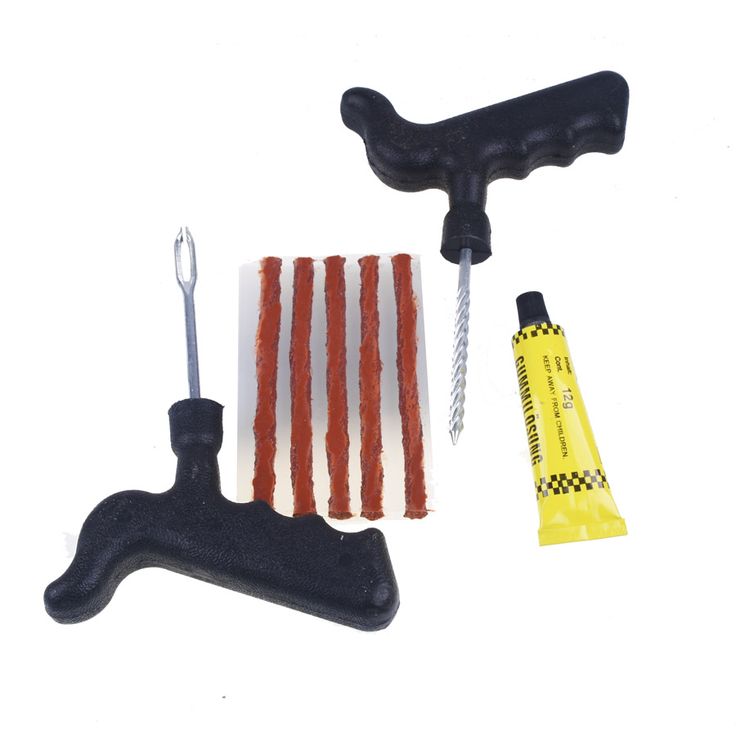 11.2022
11.2022
Articles / Popular questions Not only alcohol: with what symptoms it is forbidden to drive Usually, only alcohol and drug intoxication are considered restrictions with which it is forbidden to drive. At the same time, all the symptoms with which you can not drive a car are indicated in one bulletin. 851 0 one 07.11.2022
Articles / Interesting 5 reasons to buy and not to buy Daewoo Matiz I Perhaps Matiz in Russia became the third car in terms of the number of ridicule after Zaporozhets and Oka. But are these caustic chuckles in the direction of a pretty car fair? Maybe it's just bra... 2827 3 one 06. 11.2022
11.2022
Test drives / Test drive Haval Dargo vs Mitsubishi Outlander: the dog is barking, the stranger is coming In the Haval dealership in the south of Moscow, life is in full swing: buyers look at cars, communicate with managers and sign some papers. While I was waiting for the test Dargo, the same cross... 15559 7 205 13.09.2022
Test drives / Test drive Motor from Mercedes, emblem from Renault, assembly from Dacia: test drive of the European Logan 1.0 It would seem that what's new can be told about the second generation Renault Logan, known to every Russian taxi driver, as they say, up and down? However, this car has.